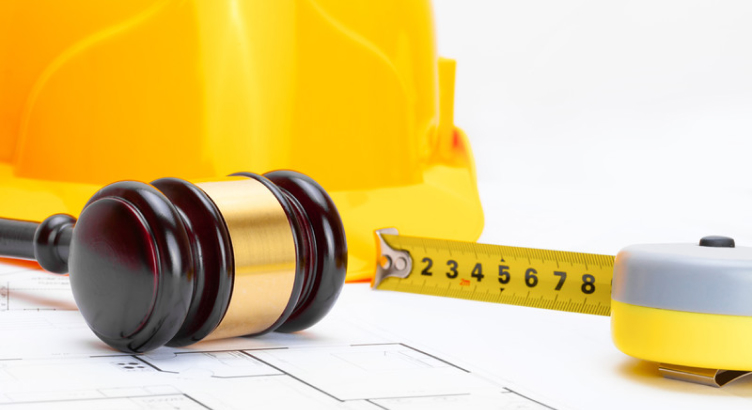Types of Evidence in NCAT Disputes
In NCAT home building disputes, evidence plays a crucial role in establishing the facts of the case and supporting the parties’ arguments. There are various types of evidence that can be presented in an NCAT hearing, including:
- Documentary evidence: This includes contracts, invoices, receipts, correspondence, and other written records that can help establish the parties’ positions and the history of the dispute.
- Expert witness testimony: Expert witnesses are professionals who are qualified to provide specialised knowledge or opinion on specific aspects of the dispute, such as building defects, building codes, and industry standards.
- Witness statements: Witnesses can provide testimony on relevant events, conversations, or observations that they have firsthand knowledge of.
- Photographic and video evidence: These types of evidence can be powerful tools in establishing the condition of the building, defects, and other issues relevant to the dispute.
It’s important to note that the evidence presented must be relevant to the dispute and admissible under the rules of evidence in NCAT.
Rules of Evidence in NCAT
Flexibility in Evidence Rules
- NCAT is a flexible jurisdiction, and the rules of evidence are not as strict as they would be in a court of law.
- This means that parties are generally allowed to present any evidence that is relevant to the dispute, as long as it is not unfairly prejudicial, confusing, or misleading.
Admissibility of Evidence
- To be admissible in an NCAT hearing, evidence must be relevant to the dispute and have probative value.
- This means that it must be capable of proving or disproving a fact in issue
Weight of Evidence
- Even if evidence is admitted, the Tribunal may give it different weight or significance based on factors such as the credibility of the witness, the reliability of the evidence, or whether it is consistent with other evidence.
- This means that it’s important to present your evidence in a clear and convincing manner to maximise its weight.
By understanding the rules of evidence in NCAT, you can better prepare your case and increase your chances of success in a home building dispute.
Role of Expert Witnesses
Expert witnesses play a crucial role in NCAT home building dispute resolution. Their main responsibility is to assist the Tribunal impartially by providing expert opinions and reports on technical matters that require specialised knowledge. Expert witnesses can be engaged by either party in a dispute or appointed by the Tribunal.
Expert witnesses must provide their opinions based on their expertise and not be influenced by the party engaging them. They must also provide their opinions in a clear and concise manner to assist the Tribunal in making an informed decision. In some cases, expert witnesses may be required to participate in expert conclaves or conferences to clarify their positions and resolve any disagreements.
Expert witnesses are required to adhere to the same rules of evidence as other witnesses. Their opinions must be based on factual evidence and sound methodology. The Tribunal will consider the weight of the evidence provided by an expert witness, and may give more weight to the evidence of a more qualified expert.
In summary, expert witnesses provide essential technical knowledge and insights in NCAT home building disputes. Their opinions and reports can assist the Tribunal in making informed and impartial decisions.
Related Content: The Role of Expert Witnesses in NCAT Home Building Disputes
Gathering and Presenting Evidence
Gathering and presenting evidence is an important aspect of NCAT home building disputes. Here are some points to keep in mind when organising and presenting evidence:
- Organising and disclosing evidence: It’s essential to organise all your evidence in a clear and concise manner. You should disclose all relevant evidence to the other party as early as possible. This can help in identifying the real dispute early and narrowing the issues in dispute.
- Presenting evidence clearly and effectively: You should present your evidence in a clear and concise manner to make it easy for the Tribunal to understand. This can include using visual aids like diagrams, photos, and videos.
- Using evidence to support your case: Evidence can be used to support your position in the dispute. It is important to remember that the Tribunal will not rely on evidence that is irrelevant, unnecessary, or unreliable. It is therefore important to identify the essential evidence that supports your position, and make sure that you have enough of it.
In summary, the gathering and presentation of evidence is a critical component of NCAT home building disputes. It is important to be organised and clear in presenting evidence to support your position in the dispute.
Featured Content: NCAT Building Disputes Process
Resolve Your Building Dispute Now
Submit Your Building Dispute Details Here
Step 1: Simply fill out this form, upload your contract and any other dispute-related details.
Step 2: We’ll review it and return to you with a free quote.
Get an Expert Building Dispute Lawyer and Resolve Your Home Building Dispute Now.

Conclusion
In conclusion, evidence plays a crucial role in determining the outcome of NCAT home building disputes. It is essential to gather and present evidence clearly and effectively, and to use it to support your case. Seeking professional advice can help ensure that your evidence is strong and convincing. Don’t hesitate to reach out to me for guidance if you are facing a home building dispute.




